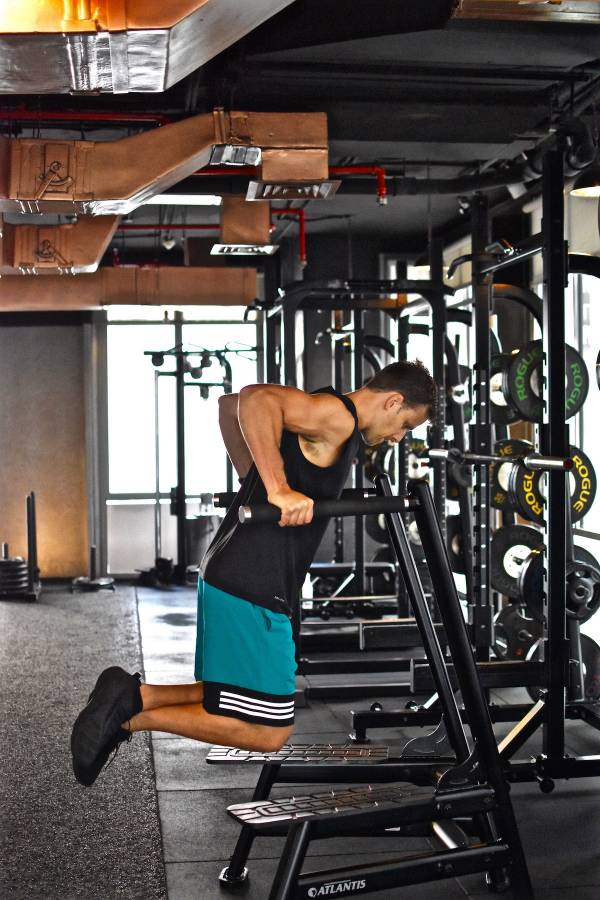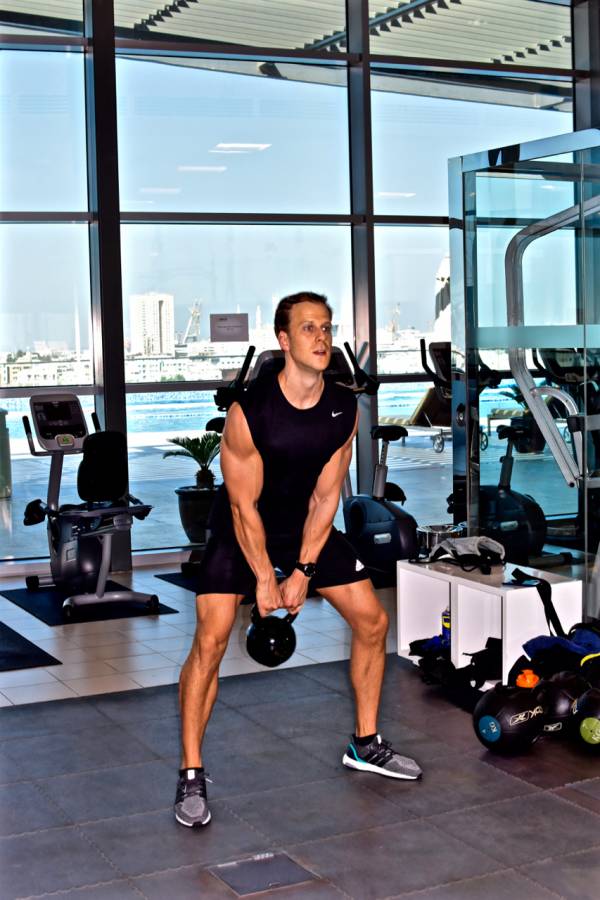Don’t overcomplicate your training without good reason. If you have been training for awhile and you are still focusing the vast majority of your lifts on the smaller movements (i.e. correctives and accessory work), then you’re missing the big picture.
I always tell people that there are no bad exercises or programs, with the proviso that you can justify them with what the individual brings to the table. What are the perceived benefits? Is it the most effective exercise for the desired outcome? Does the person meet the positional demands of the exercise? Do they have the correct strength profile? Do they have the required experience?
Answering these very questions will make you better at programming, and help you understand why your coach or trainer might have written your program in a particular way. Questioning will help you learn, develop, and defend the reasons why you might have selected your coach in the first place.
The Point Is Progress
“Make mistakes of ambition and not mistakes of sloth.”
One thing that gets me annoyed is seeing trainers pick exercises or programs like they are selecting a movie to watch. “Yeah, this week we are doing 8×8, and next week we’ll be doing strongman circuits!” Without chronological sequencing, exercise selection or programming will produce less than favorable results in the long term. You won’t make all the right choices or selections every time, however the key is to measure and learn from each program. What worked and didn’t work? Could I have improved?
The underlying premise of an exercise or a program should be to progress. We want to induce a certain level of stress in the body to disrupt homeostasis, which will lead us to supercompansate (i.e. make progress). A mentor of mine once said that I should be able to defend every exercise in any program I have written with justification and clear logic. You might not be right every single time, but doing your best, rather than haphazardly including an exercise to pad out the time, is always preferred.
Working with raw beginners, it is less critical to get the programming 100% perfect when it comes to reps and sets, because they will make progress with just about anything given to them (within reason).1 However, safe, foundational movement patterns and core competencies in the gym need to be in place.2
Complication Can Sabotage Progress
“If you can’t explain it simply, you don’t understand it well enough.”
Often when trainers charge a premium price, they have done relevant study in a certain area of training or nutrition, which they can justify to their paying clients. There is nothing wrong with specializing and charging a premium, when the level of service or product increases the value to the customer. However, this is the area where trainers and coaches get complicated for no reason, just to warrant the bigger price tag or their ego.
The trainer might have recently attended a short course on shoulder mobility and health, or bodybuilding methods. Then, all of a sudden, all of their clients are mobilizing their shoulders and training like a bodybuilding pro, regardless of their personal training needs and goals. This can ultimately send progress in the wrong direction.
The same can be said for the use of language and technical terms. Using complex coaching cues can not only confuse people, but can create a level of disengagement because of a lack of understanding. Cueing an athlete or client for a squat with “actively engage your gluteus medius, drop into hip flexion whilst keeping your first rib angle in extension and make sure your patella doesn’t drop into a valgus position…” might sound impressively technical, but the athlete will have no idea what you want them to do. The true sign of a good coach is someone who can explain something that is technical in simple terms that everyone can understand. They should leave their ego at the door and speak the language of the person you are dealing with.

Simple Excellence Beats Mediocre Complication
The role of a trainer or coach is to safely navigate the client from point A to point B in the most efficient and effective manner possible. There is seldom a need to step away from the basics, other than to navigate certain roadblocks and setbacks. If we do an 80-20 (Pereto’s Law) analysis on programming exercises, you would most likely find that 80% of your results would come from 20% of your exercises.
Getting bogged down in the complexities without focusing on the fundamentals will always play second fiddle to those mastering the things that count. If your teacher or coach is telling you it’s a complicated process, then you’re heading in the wrong direction.

When selling courses, education programs and new gadgets, it’s hard to market something that is solely focused on the basics or fundamentals. People are generally drawn to what is the latest and greatest trend in the market or scientific literature.
Let results guide your programming, and you will find that doing few things with excellence will win.
Learn more about self-motivation:
Raise Your Game: Be Your Own Coach
References:
1. Mark Rippetoe, Lon Kilgore, and Stephani Elizabeth Bradford, Practical Programming for Strength Training, (Aasgaard Company, 2006).
2. Thomas R Baechle and Roger W Earle, Essentials of Strength Training and Conditioning, (Human Kinetics, 2008).






